Gear to Bring to a Trail Ragnar Relay
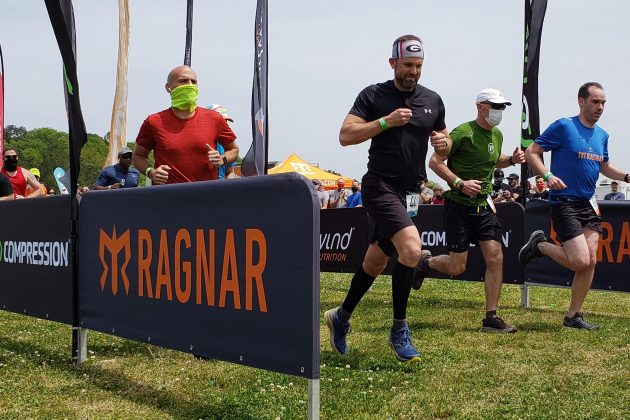
A trail Ragnar Relay is unique from other types of Ragnar Relays because everyone camps together on site, and each leg of the relay is a loop that brings you back to a central area — known at the Ragnar Village. Unlike with a Road Ragnar, you have to pack everything you’re going to need for a two-night, three-day outing. You’ll be able to drop everything off from your car, but you won’t have regular access to your vehicle, which means you need to be strategic (and efficient) in planning what gear to bring with you to a trail Ragnar Relay.
If you’re not entirely familiar with trail Ragnars, the event consists of teams of 8 who run roughly 120 miles total — in three repeating loops rated easy (green), medium (yellow) and hard (red) — on wilderness trails that wind through forests, valleys, and mountainsides. Generally speaking, you’ll run day, and night, and day again, sleeping (maybe) from time to time. (Definitely expect more “naps” than actual stretches of REM sleep.)
Ragnarians (yes, there’s really a term for those who run Ragnar Relay races) missed most of 2020 after the Ragnar organization put races on hold because of the COVID-19 pandemic. But races are back on for 2021, with a whole lot of smart and solid safety protocols in place. The year’s first trail Ragnar Relay took place in April in Atlanta and brought over 150 teams together. Outside of immediate tent areas, where each team stakes out their own footprint and huddles tents together for camping, face coverings were strictly enforced. Social distancing was encouraged, and while water and coffee were available, you had to have your own bottles.
View this post on Instagram
One of the best things about running a trail Ragnar Relay is that you can make of it exactly what you want: top-notch runners can double down and make it an ultra, strong runners can be challenged on courses with some elevation, social runners can chillax around bonfires in the Ragnar Village and new runners can really push themselves with the support structure of hundreds of other people cheering them on.
Trail Ragnars can be some of the best experiences you’d have among fellow runners. You have to have the right gear with you, though. While everyone knows you need to have the big stuff (like a tent and running clothes!), there are some items that may not immediately be on your radar. There are gear items that I found to be especially helpful at a trail Ragnar. These things are functional, efficient and worthwhile to pack.
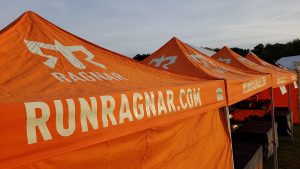
Ready to dive into some gear? Let’s take a look 7 things you really should bring with you to a trail Ragnar Relay:
1. BUFF National Parks Collection
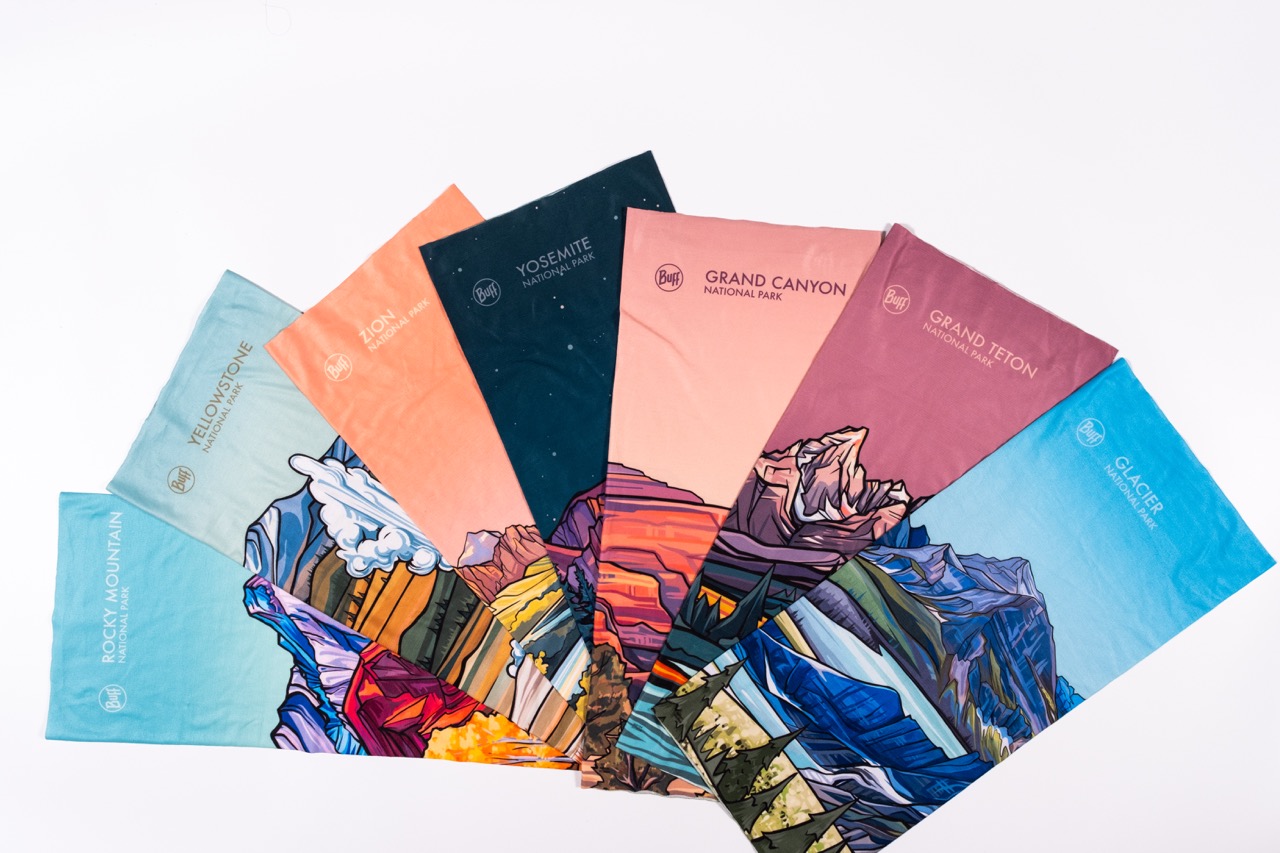
While any BUFF will be good to have with you at a Ragnar, we love the newly designed National Parks Collection. It utilizes BUFF’s signature CoolNet UV fabric, known for its ultralight and quick-drying properties, made from 95 percent recycled materials. Designed to provide UPF 50 sun protection, the collection ensures outdoor enthusiasts stay cool and protected during their adventures. Additionally, the fabric incorporates antimicrobial technology for effective odor control, ideal for extended outdoor excursions.
The BUFF neck tubes’ soft, stretchy, and seamless design makes them suitable for everything you’ll be doing while at a Ragnar.
2. BioLite HeadLamp 330
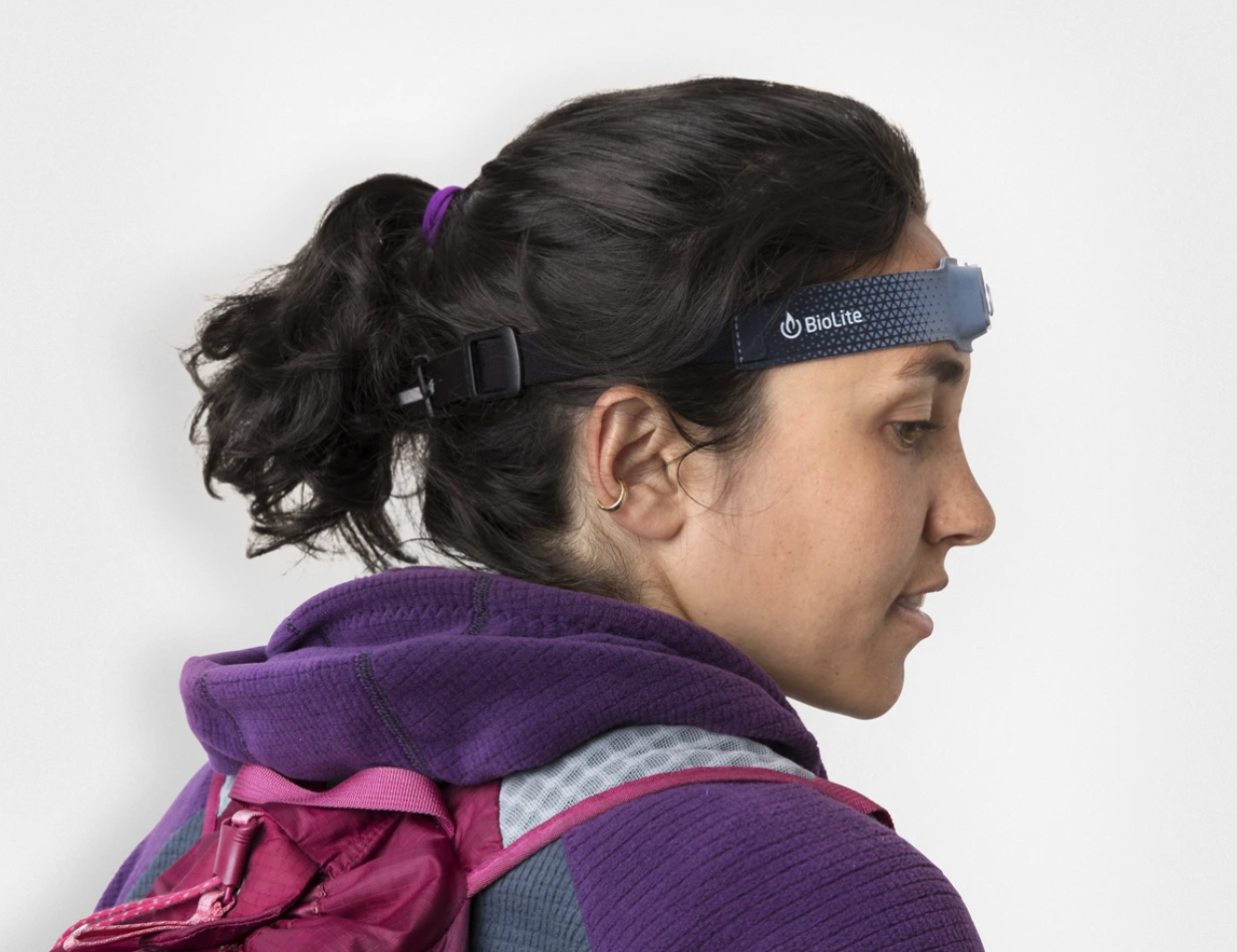
I’ve been running with this headlamp for almost a year and a half now, and I love how comfortable it is and how effective it is at illuminating the trails. The BioLite 330 is flush-mounted with the light integrated directly into the fabric (it does have a moveable part that allows you to point it more downward, if you choose). You get a 3-D molded moisture-wicking sweatband, and the battery is on the back. And it’s rechargeable via a micro-USB port.
The 330 refers to the number of lumens it puts out on it’s brightest setting, and while I’ve found this to be entirely sufficient on rooty, rocky trails and on steeper mountain inclines in the dark, BioLite also has a much-brighter 750 option for those who don’t operate as well after sunset or before sunrise.
The 330 weighs just 2.4 ounces, less than half of its larger sibling. That makes it an attractive option for trail runners, where oftentimes every ounce counts.
The Headlamp 330 has four light modes: dimmable spotlight, floodlight (broad beam), spot and flood, and red night vision/strobe. It also remembers your last setting and will return to that when it’s turned on again, which is a nice detail.
(The accompanying link is to purchase this product is through REI, and we recommend going that route or through another third-party like Amazon, as BioLite’s sales directly from their own website we’ve found to be achingly slow — up to five weeks for shipping — and BioLite’s customer service isn’t great.)
3. BioLite Charge 80 PD
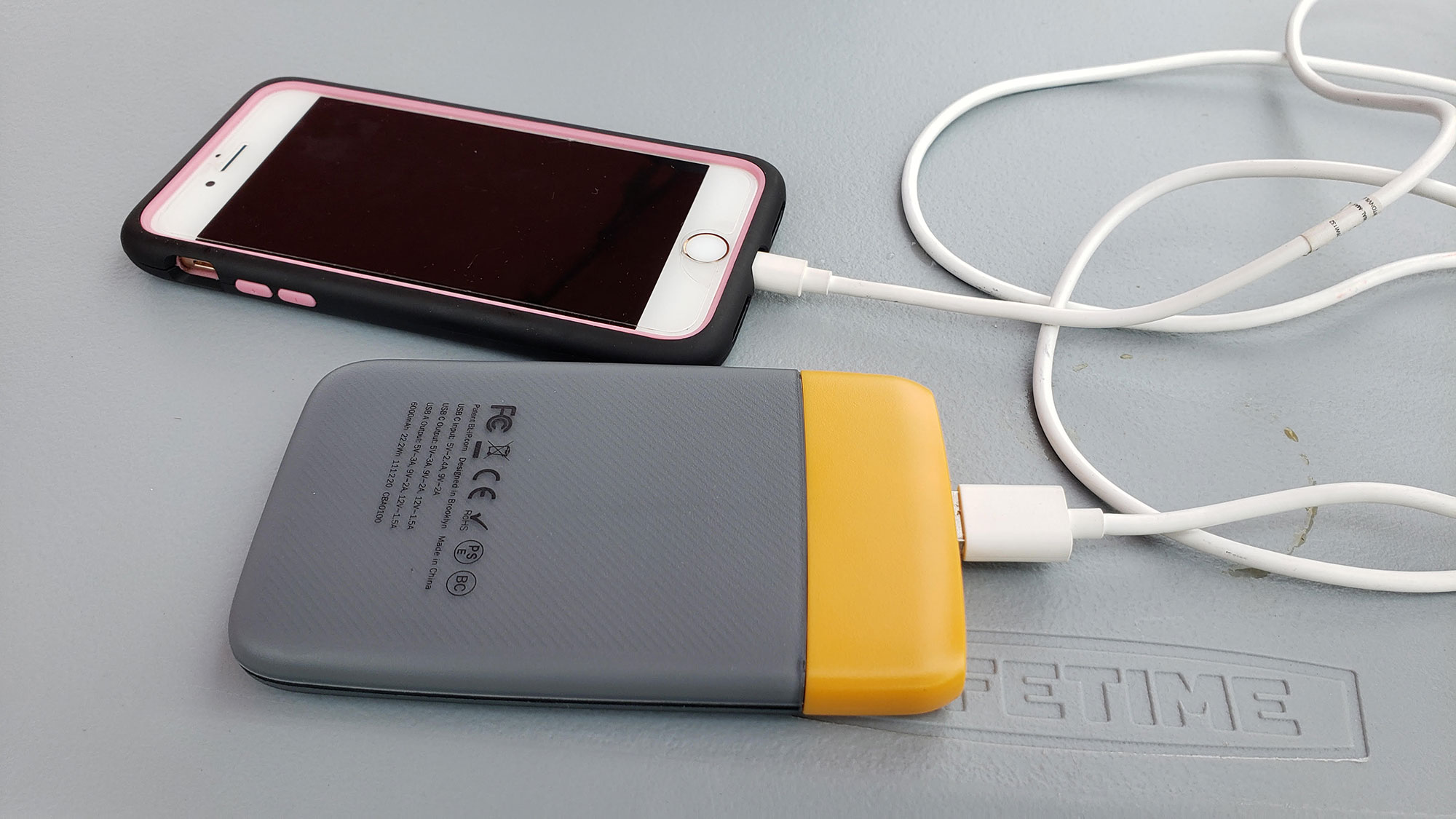
Yeah, we’re sticking with BioLite because there’s something else from the company that’s really worth mentioning. While Ragnar Relays provides a charging station in the Village area, it’s very possible you’d find yourself competing for space, or not wanting to walk that far if you’re tired or it’s raining out, so you’re going to want some charging convenience closer to your campsite.
I put both the BioLite Charge 40 PD and the larger, more powerful BioLite Charge 80 PD to the test at a trail Ragnar, and loved having them. I’m going to zero in on the Charge 80 PD, because even at a higher price point, it’s still well worth the extra cash.
BioLite’s charge devices work better than any other portable battery device I’ve ever used. The Charge 80 PD is a 20,000 mAh rechargeable battery that weighs about a pound. It has one USB-C PD port (up to 18W) and two USB-A Quick Charge Out ports. It boasts being able to fully charge a 13-inch laptop, and while my smartphone isn’t nearly as powerful as a laptop, my BioLite never ran out of juice over the course of three days. There’s even a button on the Charge 80 PD that lets you see just how much charge is left so you don’t have to fret about running out of the portable battery when you expect to need it most.
The device is 6.7-by-3.2-by-1 inches in size.
4. Duckworth Vapor Hoody

Even in the southern Ragnar Relays, like this year’s Atlanta race, you’re bound to get chilly. The middle of the night, with the condensation beginning to settle on things, it’s great to have something to wear that isn’t heavy but yet is cozy.
Duckworth’s Vapor Hoody has long been my go-to for chilly spring and summer mornings. I tend to run hot, and the lightweight Vapor Hoody is made of wool, so it’s the ideal fabric for your body’s temperature regulation.
It stretches and moves with my body, and that’s achieved without adding lycra to the material (this is Montana wool we’re talking about, with a bit of polyester and cellulose blended in). As the company says, this is the one hoodie that’s ideal for trans-habitation from the city to the wild.
And if you’re not familiar with Duckworth’s supply chain, this is a great read to learn all about where the wool comes from.
5. Sierra Madre Puffle
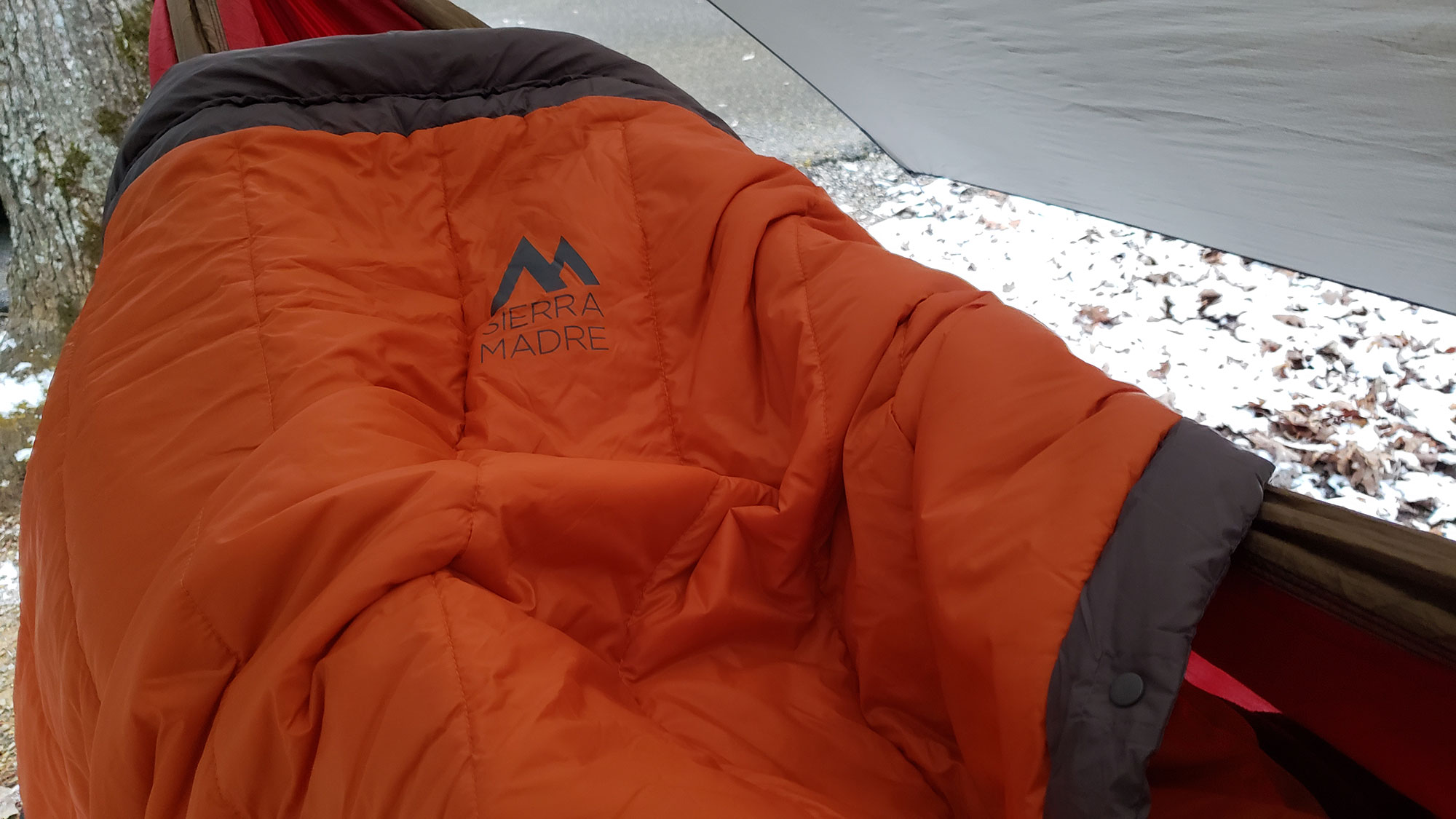
To get an understanding of what the Puffle is, think about it like your favorite puffy jacket turned into a versatile adventure blanket. It combines many of the functions of a typical sleeping bag, top quilt, and under quilt. The Puffle comes in three ratings: 20 degrees, 40 degrees and 55 degrees — I’ve had the 40-degree one for over a year now (hence the photo with snow in the background), and in many cases, I rarely use an actual sleeping bag anymore.
Because of its versatility, this is a great item to bring to both a colder or a warmer climate for a trail Ragnar Relay.
The Sierra Madre Puffle is available in synthetic (20D Hydroshield with 3D PUFL Synthetic Insulation) that weighs 2 pounds, 3.2 ounces, and down (20D Hydroshield with Waterproof 650FP RDS DownTek Insulation) that weighs 1 pound, 5.1 ounces. While the down version has the same waterproofing features, I went with the synthetic version because I have a tendency to camp and hike in some truly crummy conditions, and I know from experience that synthetics can perform well in them, even when a bit wet. (The synthetic is also significantly less expensive.)
It has snaps to seal yourself in tight, and cords at the bottom to zip the foot box of the Puffle closed.
You can read an extended review of the Sierra Madre Puffle here.
6. Peak Design Travel Duffelpack 65L
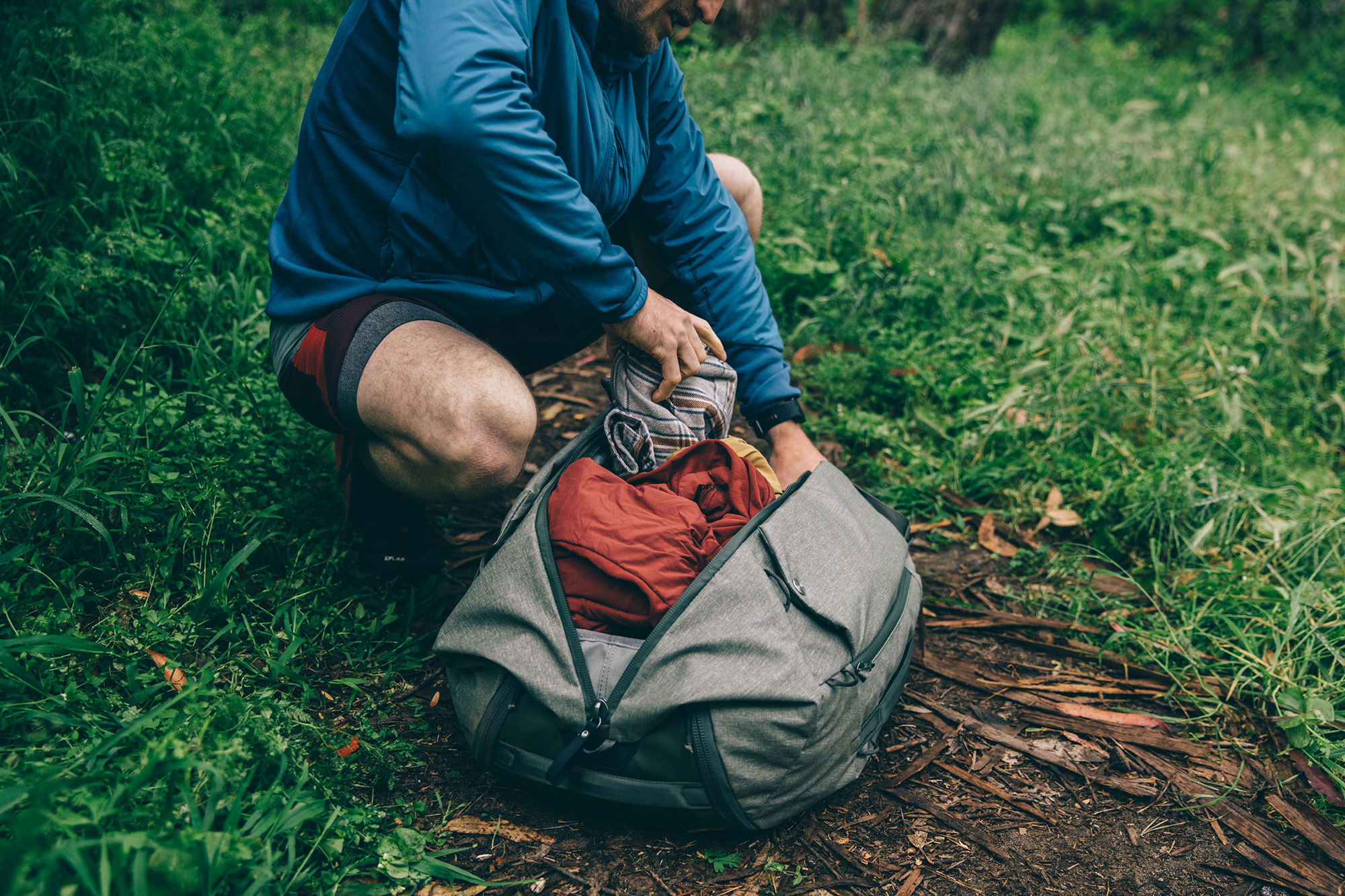
The traditional ol’ duffel bag is good for going to and from gym (and living in the locker during a workout), but the way so many of them are made these days, they’re not going to stand up to real abuse. A trail Ragnar Relay was the first time I got to really use the Peak Design Travel Duffelpack, and the durability it offered was exactly what I needed.
Don’t be deceived by looks; on first glance, this pack definitely has a cityscape vibe — I wasn’t initially certain how it would hold up to abuse on a multi-day camping trip. It’s made with weatherproof, 100 percent recycled 600D nylon canvas, and it truly is a marvelous blend of ruggedness and versatility.
The company doesn’t call it a “monster gear hauler” for nothing.
The zippers are heavy-duty, and it can expand and contract from 45L to 65L via external zips. The internal cavity has two pockets for organization, while there are also two pockets on the exterior. The main zipper path, too, is particularly long, which allowed me to really get in there and see where all my gear was stowed — and to easily reach for the ibuprofen that fell to the bottom of the bag. (This video has a full breakdown of all of the features.)
I mostly carried the bag like a true duffel, but the beauty of this product — and really it’s most standout feature — is that it has shoulder and waist straps that deploy and stowaway beneath magnetically sealed flaps. Basically, it goes from a side carry bag to a backpack in a heartbeat. And when you’re lugging gear from the vehicle dropoff area to your campsite, being able to sling everything over your shoulders like a backpack makes a world of difference.
I paired the Peak Design bag with the company’s Packing Cubes, and liked the opportunity to compartmentalize my clothes and other items. An internal divider in the cube keeps clean and dirty clothes separated and allows each compartment to expand/contract based on its contents. When you’re trying to save space — or, more accurately, trying to figure out how to fit in all the new Ragnar swag you bought — having a compression bag like the Packing Cube was ideal.
7. Klean Kanteen Double Wall Mug
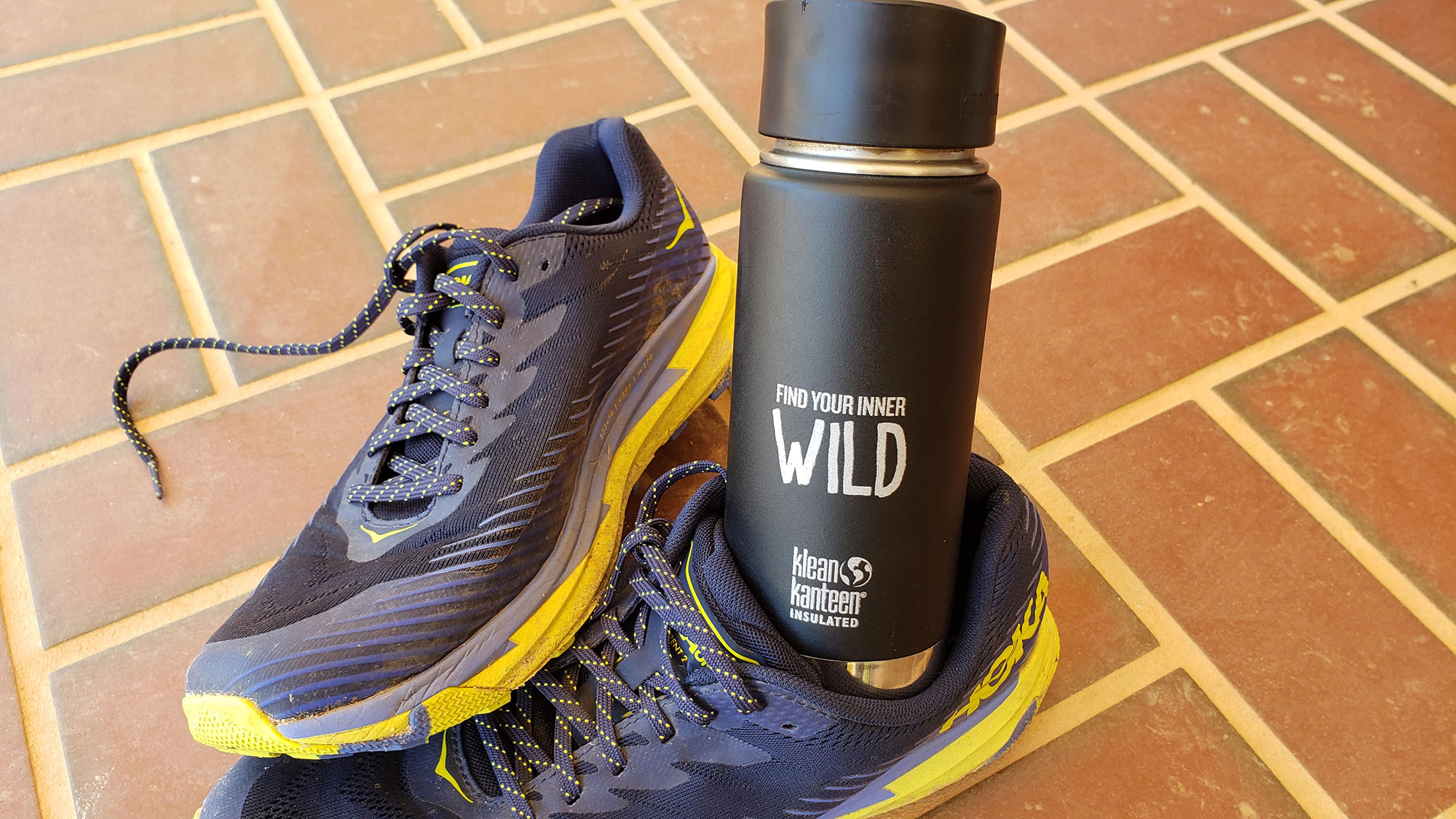
Because Ragnars are cupless events dues to safety reasons, you’re going to need a great water bottle or coffee mug. I’ve used the same Klean Kanteen Double Wall Vacuum Insulated Mug for at least two years, and it’s the only mug I’ve had that has lasted this long without the seal getting messed up or other leaks happening. It’s as close to bombproof as I could ever expect in a mug.
This mug can reportedly keep coffee hot for 10 hours and can keep ice from melting for about 30 hours under normal conditions. I can’t complain with that — I use it every single day for my coffee, and if I happen to nurse it, I’ve still got wonderfully hot coffee in it at 2 or 3 in the afternoon.
This mug can be tossed around without damaging it, which makes it perfect for a weekend of playing hard at the campsite and around the woods.
How does a Ragnar Relay work?
There three different types of Ragnars, and the style and vibe of each can be quite different. Of course, different people have different ones they love to run, so there’s no one Ragnar type that you could call “the best.”
To give a synopsis of each Ragnar, here’s what you need to know:
Roads: Teams of 12 run roughly 200 miles — from point A to point B — on city streets, country roads, sidewalks, and bike paths. You’ll run day, and night, and day again, lounging in vans, grassy fields, or perhaps a high school gym.
Trails: Teams of 8 run roughly 120 miles — in three repeating loops rated easy, medium and hard — on wilderness trails that wind through forests, valleys and mountainsides. You’ll run day, and night, and day again, sleeping (maybe) in a temporary tent city known as Ragnar Village.
Sunset: Teams of 4 run about 26 miles in one evening — one runner at a time on a single loop — hoping to cross the finish line before the sun sets, where an epic party awaits. Ragnar notes that it “basically took a marathon, turned it into a team sport, and added live music and food trucks.”
How long does a trail Ragnar Relay last?
The start time for a trail Ragnar Relay depends on your projected team pace — and yes, Ragnar asks you to make a good-faith effort at guessing each runner’s pace. Slower teams will start earlier on Friday morning, usually kicking off between 9 and 10 a.m. Some of the faster teams won’t start till the early afternoon, with starts being done as late as 2:30 or 3 p.m. The idea is that the staggered start time allows each team to finish in roughly the same window of time — and definitely with enough time for Ragnar to close up shop by about 4 p.m. Saturday afternoon. Due to COVID restrictions, don’t plan on camping Saturday evening.
For the trail Ragnars, if your team is starting to fall behind or that race officials don’t feel like you can finish up by 3 or 4 p.m., then they’ll have you double up on the race legs. That will help get you through the race faster and give everyone on the team the experience of getting to run each leg of the course.
Ryan Tipps is Managing Editor for ActionHub and has years of experience in a variety of digital and print media. Ryan lives along the Blue Ridge Mountains, is an avid hiker, backpacker and runner and has been a part of the wilderness search and rescue community since 2005.
We are committed to finding, researching, and recommending the best products. We earn commissions from purchases you make using the retail links in our product reviews. Learn more about how this works.
 Your Privacy Choices
Your Privacy Choices